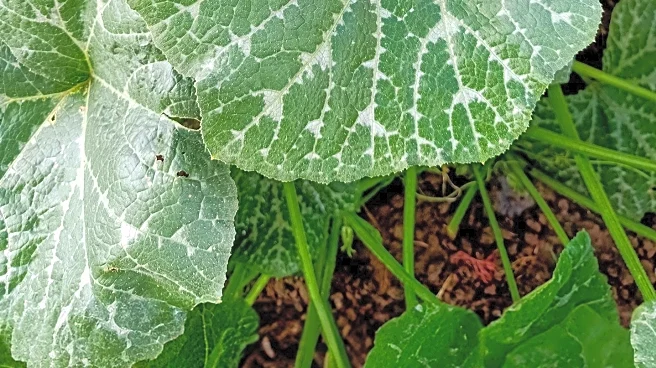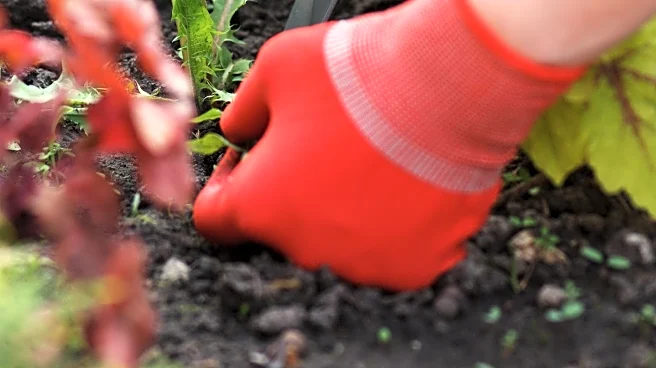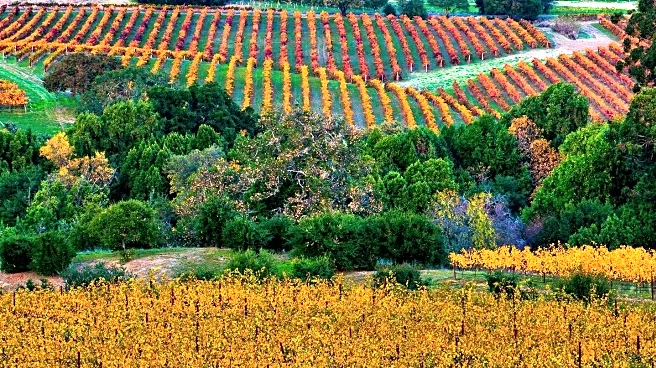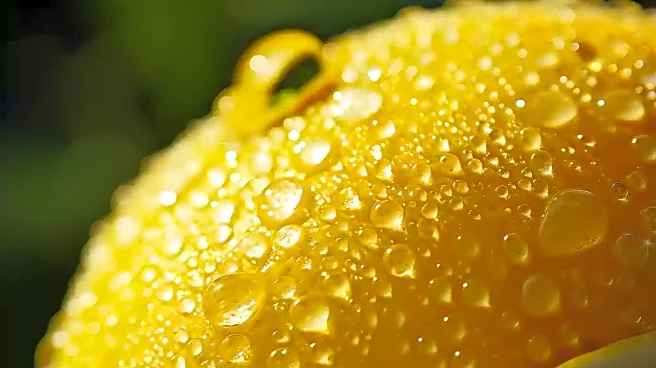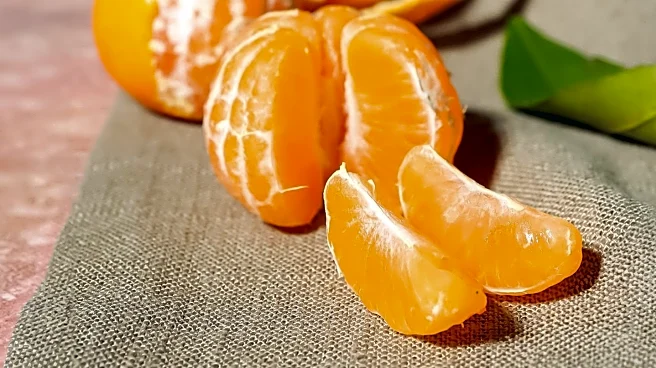What is the story about?
What's Happening?
Amanda McNulty from Clemson Extension and Making It Grow discussed a horticultural phenomenon involving tangerines. Glen Payne, an Extension agent in Beaufort, presented a tangerine whose fruits appeared to be turning brown, causing concern for the grower. However, Payne explained that this is a natural process where citrus fruits, like autumn leaves, reabsorb chlorophyll, leading to the orange color becoming more prominent. This process is a normal part of the fruit's maturation, and Payne advised thinning the fruits next year to achieve larger tangerines. Once the fruits reach a good orange color, they are ready to eat.
Why It's Important?
Understanding the natural processes of fruit maturation is crucial for growers to manage their crops effectively. This knowledge helps prevent unnecessary interventions and allows for better planning in terms of fruit thinning and harvesting. By recognizing the chlorophyll reabsorption process, growers can optimize fruit quality and yield, which is essential for maintaining the economic viability of citrus farming. This insight also contributes to sustainable agricultural practices by reducing waste and improving crop management strategies.
AI Generated Content
Do you find this article useful?


